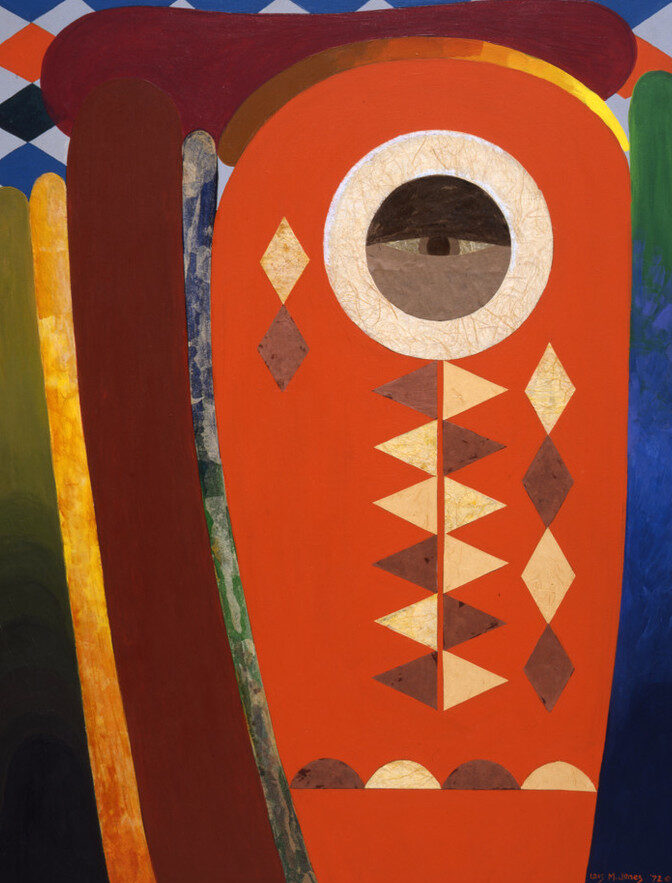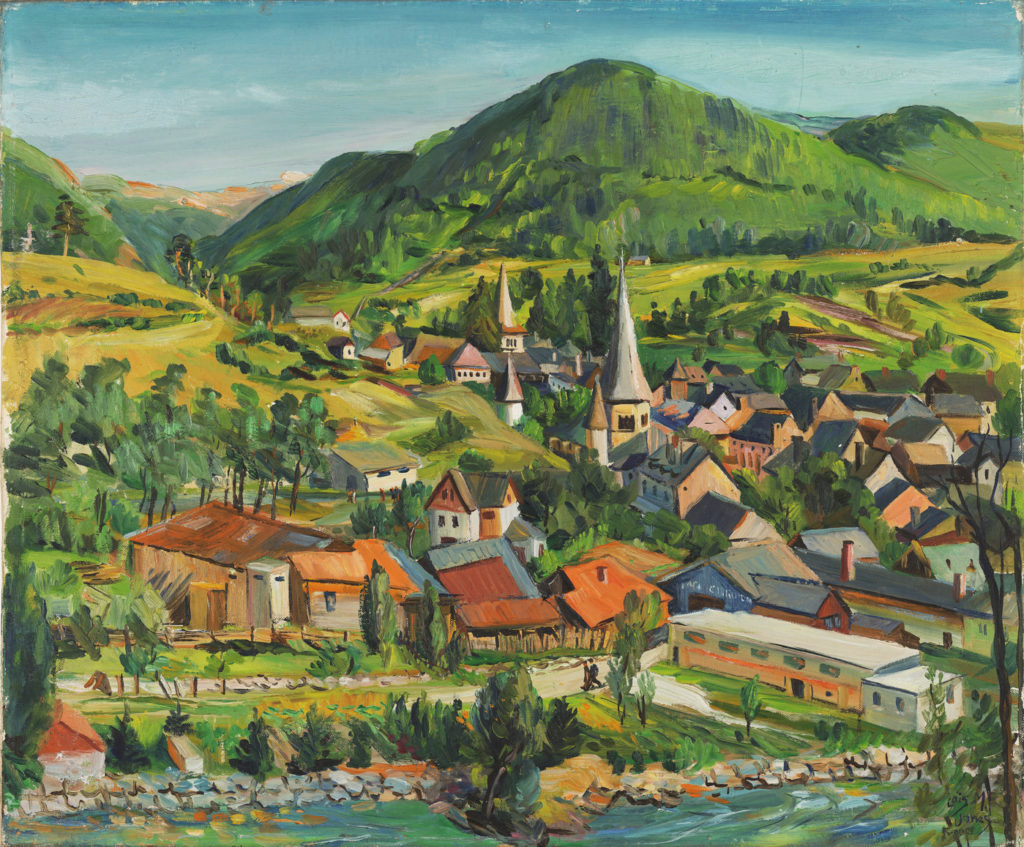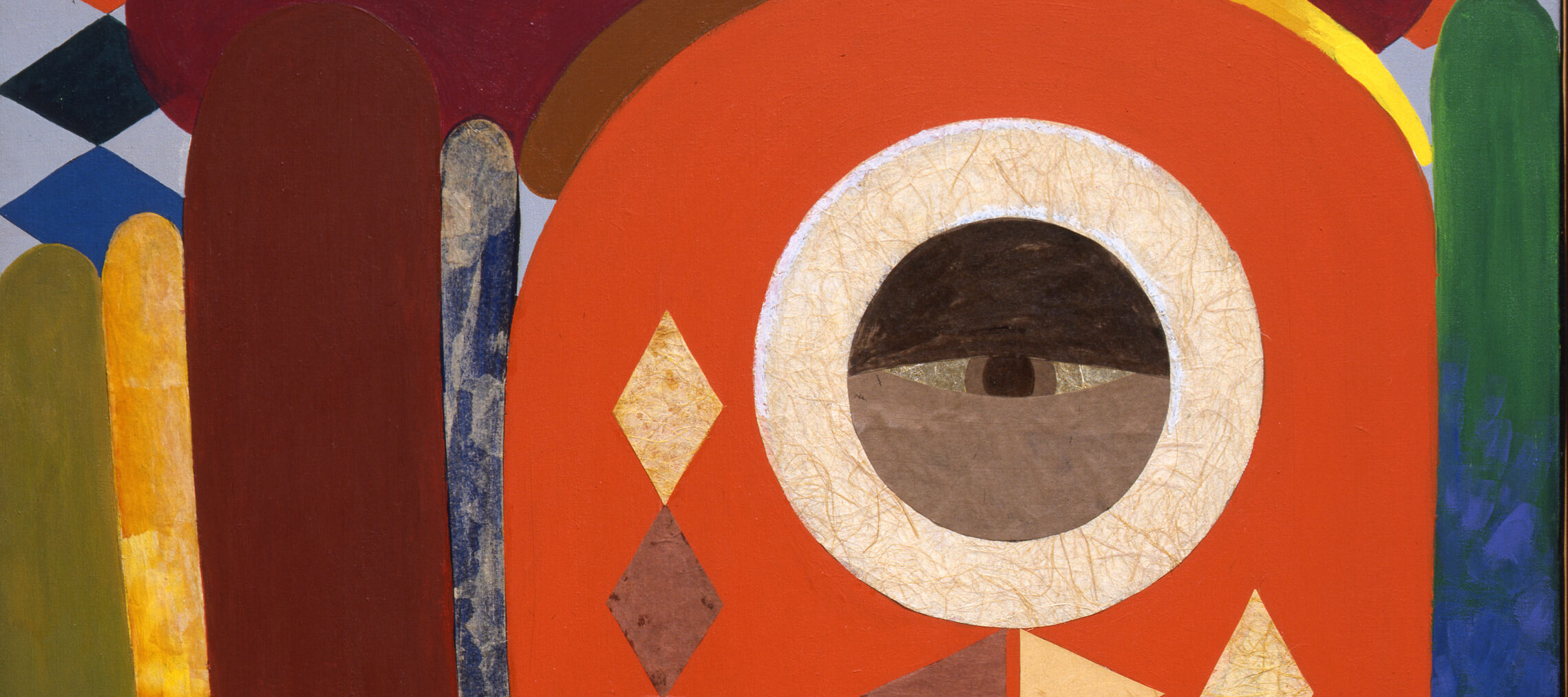Impress your friends with five fast facts about Loïs Mailou Jones (1905–1998), whose work is on view in NMWA’s collection galleries.

1. Designing Woman
Loïs Mailou Jones began her career as a textile artist, designing drapery and upholstery fabrics for prestigious firms in Boston and New York. She incorporated traditional motifs, such as flowers and leaves, as well as more unusual Caribbean- and African-inspired imagery, in her designs.
2. What’s in a Name?
Jones lamented that the design world was mostly anonymous: “[O]nly the name of the design printed on the borders of the fabric was known, never the name of the artist who created it. That bothered me because I was doing all this work, but not getting any recognition.” Consequently, she shifted her focus to painting—and signed every work.
3. Educator and Mentor
As a member of the art department at Howard University in Washington, D.C., from 1930 until 1977, Jones influenced several generations of African American artists, including Elizabeth Catlett, David Driskell, and Sylvia Snowden.
4. Out of Africa
Inspired by the Black Arts Movement, Jones documented contemporary African Diaspora art of Haiti, Africa, and the United States. She traveled to 11 African countries between 1970 and 1972, visiting studios and workshops, interviewing artists, and making thousands of slides of their work. These experiences also directly influenced the subjects and style of her future paintings.

5. Best of Friends
On her first trip to Paris in 1937, Jones began her lifelong friendship with French-born artist Céline Tabary (1908–1993). Tabary spent part of World War II living in Washington, D.C. During that time, she delivered Jones’s entry to the Society of Washington Artists exhibition at the Corcoran Gallery of Art because African American artists were forbidden to participate.

